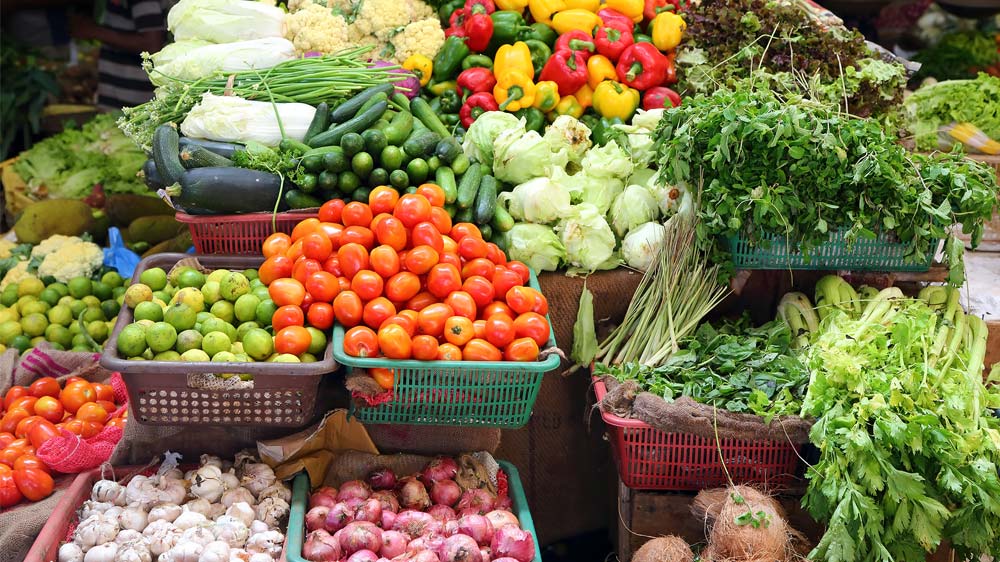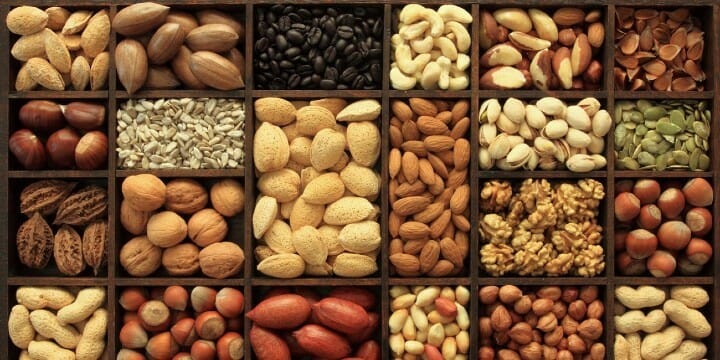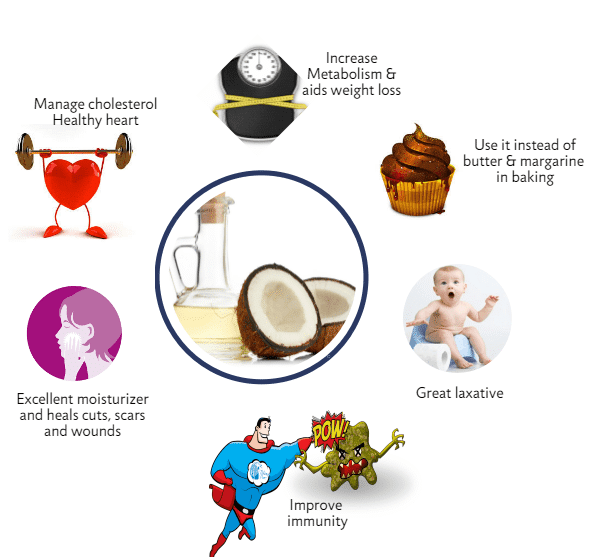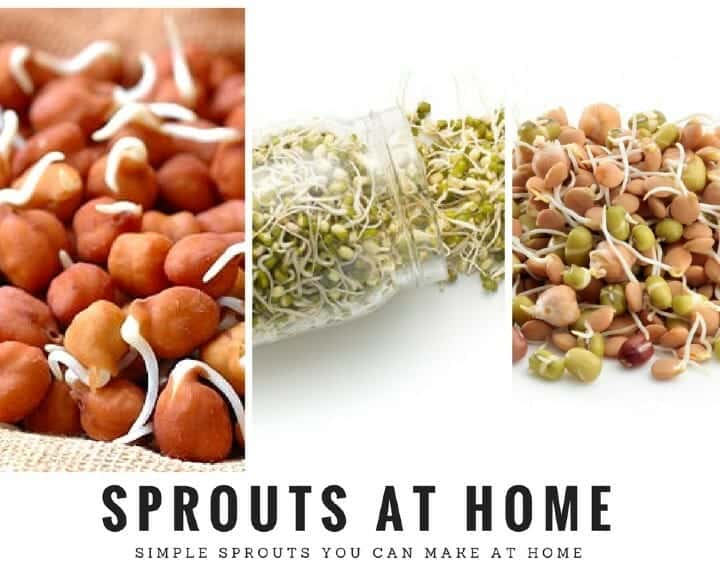Transitioning to an Indian LCHF diet is not as complicated as one might think. All one needs is a good idea of the ingredients that are allowed and in how much quantity.

Low Carb Indian Veggies
While a simple internet search might throw up many westernized recipes loaded with bacon and beef, it does not mean that the Indian pantry lacks a good quality low carb meal. There are many traditional recipes that are naturally low carb or require a simple swap or elimination of an ingredient to make it low carb.
When I first started with LCHF diet, it took me a while to wrap my head around the foods that are allowed and what one can make of it. One day, I just sat down and did a simple analysis of the traditional foods I eat and identified what needed to be eliminated, what needs to be tweaked and what could remain as is. It helped immensely. Ever since then, I ‘ve not had a problem with any of my meals.
I’ve put together a list of acceptable items below and I hope it help you make your cooking easier.
Table of Contents
LET’S FIRST BEGIN WITH FATS
1. Seeds & Nuts – Almonds, Walnuts, Pumpkin and Flax seeds
Break your fast with some soaked almonds to stay energetic throughout the day. Soak 10-15 almonds the previous night and peel of the skin and have them the next morning in empty stomach. A mix of almonds, walnuts, pumpkin and flax seeds make an excellent evening snack. Almond flour is also the base for making Low Carb roti and hence one

LCHF diet – Nuts and Seeds
need not miss rotis or parathas even while following the low carb diet.
2. Coconut Oil, Ghee and Butter
Butter is a definite ingredient in an Indian’s refrigerator. A hundred gram of butter contains just 0.1 gram of carbs and 81 grams of fats. You can make most of your recipes with butter that makes your food not only LCHF friendly but also tasty. But obviously you can’t indulge in parathas oozing in butter.
Ghee is a mainstay in every Indian kitchen. Top up your dishes with a spoonful of ghee to up the fat quotient along with enhancing the taste of the food. As ghee is completely devoid of milk solids, it is an excellent fat source for even lactose intolerant people planning to adopt the LCHF diet.
Coconut oil, though indigenous to Southern India, is easily available across the country and has immense nutritional benefits. It is India’s desi response to the world famous Olive oil. It’s nutritional properties not only are limited to cooking, but is extended to cosmetic and medicinal purposes as well.
3. Coconut
Coconut meat is traditionally used in Indian cooking. Coconut is also a part of the LCHF diet due to its high fat content and nutritive properties. They can either be eaten raw (as a snack), used in cooking or made into smoothies. Coconut milk is an excellent vegan & low carb substitute for regular dairy milk.

Benefits of Coconut OIl
PROTEINS
While fats are covered separately above, it is worthwhile to mention that most vegetarian proteins also contain a reasonable amount of fats. This is an ideal way to ensure that one eats to satiety and does not require any additional fat top-up except for what is used while cooking. Apart from animal sources of protein in the form of meat, I’ve listed out other sources that can easily be used in LCHF.
4. Paneer
This is a tasty addition to the list and is most of our favourite and not to mention versatile ingredients. Paneer alone will put an end to your menu planning woes. You can quickly stir up a Paneer Bhurji for breakfast or evening snack, grill paneer slabs or make paneer kebabs or a semi-gravy Shahi Paneer for lunch and dinner. Paneer salads are also healthy and taste delicious.
Paneer is a mainstay and go-to protein source for all vegetarians. Its Proteins:Fats ratio ensures satiety and makes it an ideal component of the keto or LCHF Diet. This also makes ordering takeaways or eating out easy. All one needs to do is order a Paneer based dish in a restaurant and your meal is complete. Most of all, paneer can easily be made at home with just milk and lemon juice.
5. Eggs
We all know eggs are a rich source of proteins and fats. Eggs are a complete nutrition packed in a small container. But remember, eating a whole egg is very important. Don’t discard the yolk, it packs all the micro nutrition and half the protein in it.
Eggs are one of those versatile ingredients that taste best in any cuisine. We can make bhurjis, omelettes and a number of Indian stir-fries and gravies with eggs. You can simply have boiled eggs everyday to heal your body and build muscles. Pair eggs and cheese and you get an amazing dose of proteins and fats to tide through the day.
6. Hung Curd/ Yoghurt
Curd is great for the low carb diet as a 100 gram of curd contains only around 5g of carbohydrates. Hung curd or Greek Yoghurt has even less carbs. It is also a rich source of fats and proteins which is all you would need while following this lchf diet. It cools your body, keeps you full and improves your gut health. You can replace store bought mayonnaise with hung curd in your dressings, add them to your smoothies and make raithas. You can also replace your hot beverages with a cool glass of buttermilk during summers.
It is best made at home from full fat milk. To make hung curd, just strain the set curd using a thin muslin cloth to remove the water.
Check out this Shrikhand recipe.
7. Cheese
While Paneer is also a type of Indian cheese, similar to Ricotta, there are other cheese varieties that easily can be included and bought from local stores.
Cheese like Cheddar, Mozzarella and processed cheese cubes can easily be bought from any supermarket. One ounce (28 grams) of cheddar cheese provides 1 gram of carbs, 6.5 grams of protein, and a good amount of calcium. Paneer and cheese consumption ensures that there is no fear of calcium deficiency. While the saturated fats in cheese is high, certain studies have indicated that it may help with improving heart diseases.
8. Red Kidney beans, Kala Chana and Sprouts
Most of us would die for a comforting bowl of rajma chawal or a chole; but you have to eliminate the chawal (rice) and roti/ poori. You can enjoy red kidney beans gravy as they taste equally good and are loaded with proteins and packed with high fibre. Similar is the case for Kala Chana or Black Chickpeas. There are countless recipes you can make with these. So get creative with your LCHF diet by making salads, sundal or tikkis. While both these options are relatively high in carbs, they also have a big plus from a fibre and protein perspective. It is completely alright to add these to your diet occasionally to bring about some variety.
Green moong is naturally an excellent source of protein, but has high carbs. But when this is left to sprout, it reduced the carb content and can easily be accommodated in the LCHF diet.
Sprouts are packed with protein and essential nutrients which you definitely wouldn’t want to miss in your fitness journey. You can make sprouts salads with a bit of salt and a generous topping of lime juice and coriander leaves, just boil them and they are good to eat, you can also make usal and sundal with sprouts as they also complete your meal and keep hunger at bay.

Sprouts for Low Carb Diet
9. Soy
Soy is a rich source of plant protein and fat – 72% of soybean is protein and just 5-6% carbohydrate. You can add soy in your diet to meet your protein requirements.
Soy is also an allergent and has many hormonal impacting characteristics. It is best to keep consumption to minimal or moderate amounts. The best form in which they can be consumed are products made from fermented Soy like Tempeh and Natto.
CARBS
10. Vegetables
Here is where you start weaving your magic. There are loads of Indian vegetables that are low in carbs and versatile enough to create multiple recipes. A list of acceptable vegetables is given below.
- All Gourd variety (Ash, Bottle, Bitter, Ridge, Ivy gourd),
- Pumpkin
- Night shades
- Tomatoes – ripe and raw,
- Brinjal – all varieties,
- Capsicum – all colours,
- Ladies finger/ okra,
- Beans (French beans, cluster beans, broad beans, etc.),
- Spinach (all varieties – palak, amaranth, mustard greens, raddish greens, etc.),
- Other traditional Indian vegetables:
- Drumstick,
- Chayote (chow-chow),
- Mushrooms (all types),
- Cucumbers
- Radish, Knol-khol and
- Cruciferous Vegetables:
- Cabbage, cauliflower, broccoli, lettuce, etc. can be safely consumed.
- All Herbs & seasoning
- Coriander, Mint, Ginger, Garlic, etc.
Understanding this, it is easy to deduce that only tubers (potatoes, yam, celeriac, etc.) and most of the underground vegetables (beets, carrots) are either to be avoided or minimized to the possible extent.
Vegetables can be consumed in any way, including traditional style of cooking like saag, kootu, stir fried or as plain salads or snacks.
Go ahead and enjoy your low carb desi food that is not only a treat for your taste buds, but for your health as well. If you are looking for a guided approach to jump-start your low carb journey, just drop us a message and we will get in touch with you.
7 comments
excellent
A very enlightening read. . God bless you .would like to hear more .
My mother is 50 years old and she is suffering from knee pains, she is a bit fat, she was taken to the hospital and told that she has swollen joints. can you suggest any food diet to lose fat and fit into joints
Hello Siva,
Cutting down carbohydrates, increasing proteins (esp animal based protein) and healthy fats can definitely help.
Stick to real foods and avoid processed foods.
Wish your mom the best of health.
Cheers,
Anjali
I’m a 55 year old CKD patient with type 2 diabetes and high cholesterol. Which vegetables may I consume during winters? Kindly suggest.
Hello Mr.Ramesh,
All types of over the ground vegetables can be consumed in moderation.
Avoid root vegetables or underground vegetables. Hope this helps.
this list of what to eat made a lot of sense compared to others